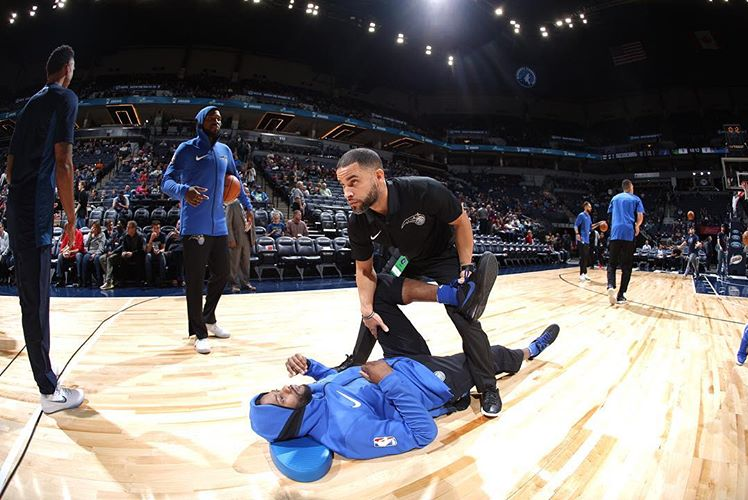Saving Our National Pastime
/Somewhere across America, an early-maturing 12U All-Star is pitching in his third game in two days for his second team. Elsewhere, in an operating room, an orthopedic surgeon performs Tommy John surgery on a 16-year-old. Our national pastime is facing some challenges — but luckily, USA Baseball is implementing a Long-Term Athlete Development (LTAD) plan to combat them. Volt’s Head of Sport Science, Joe Eisenmann, PhD, takes us through USA Baseball’s model for developing athletes and discusses potential solutions to the challenges facing America’s game.
Read More










